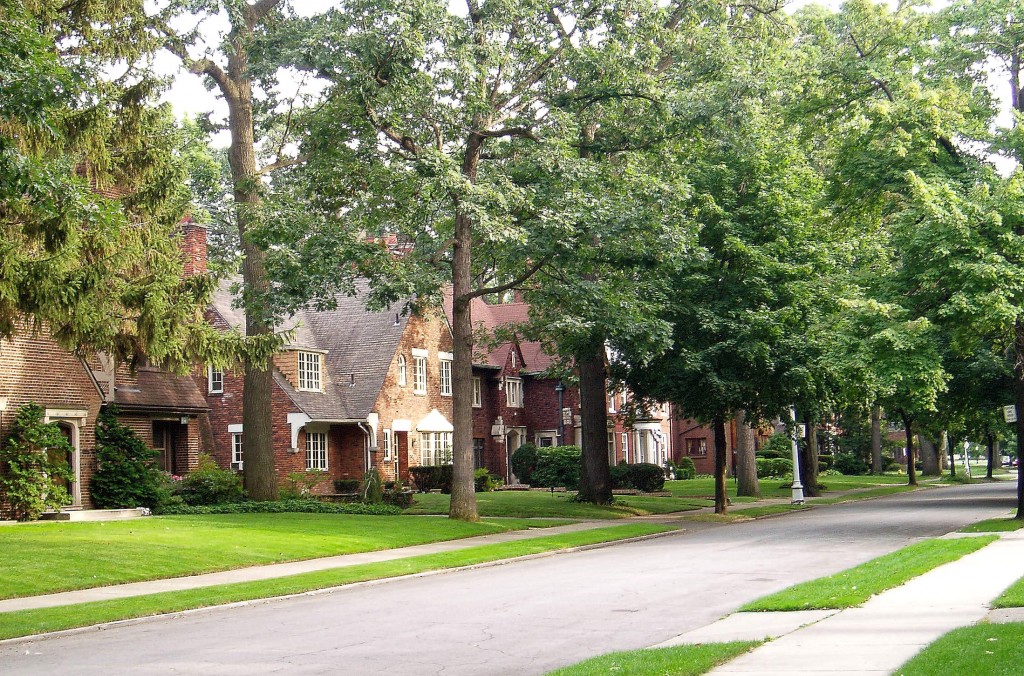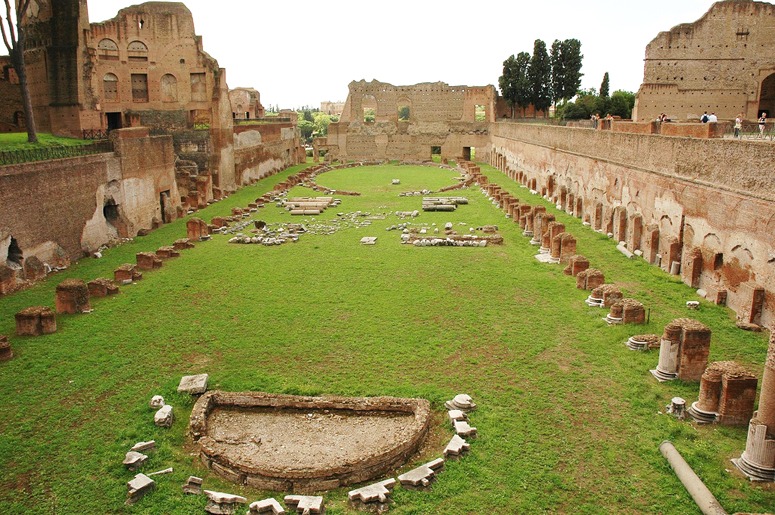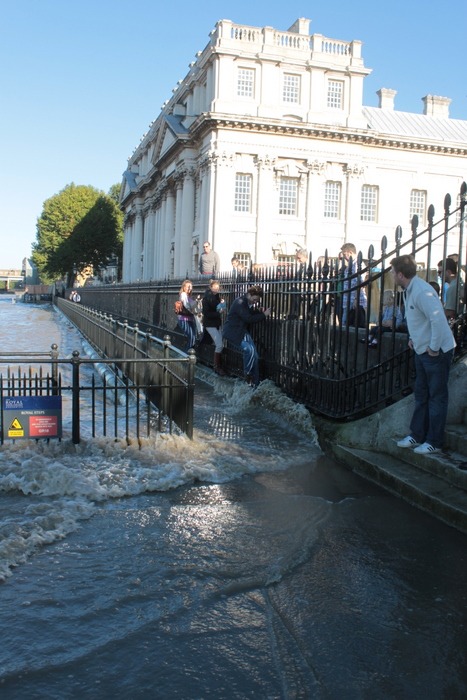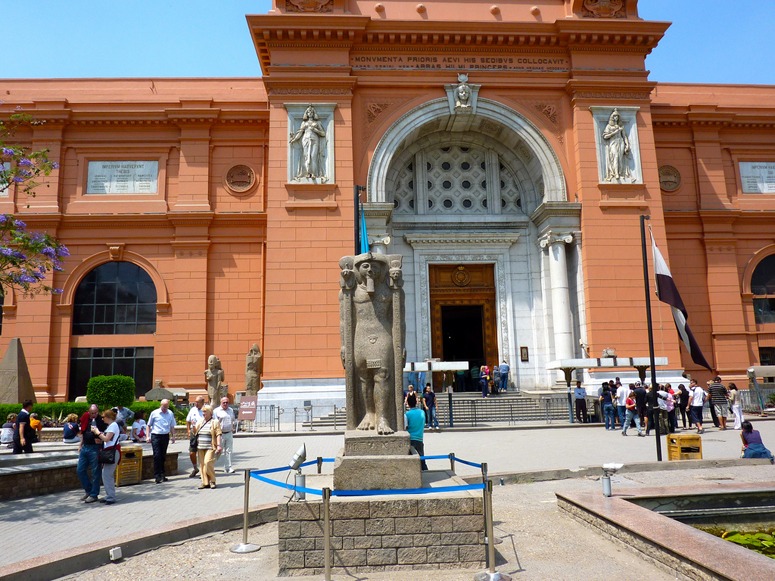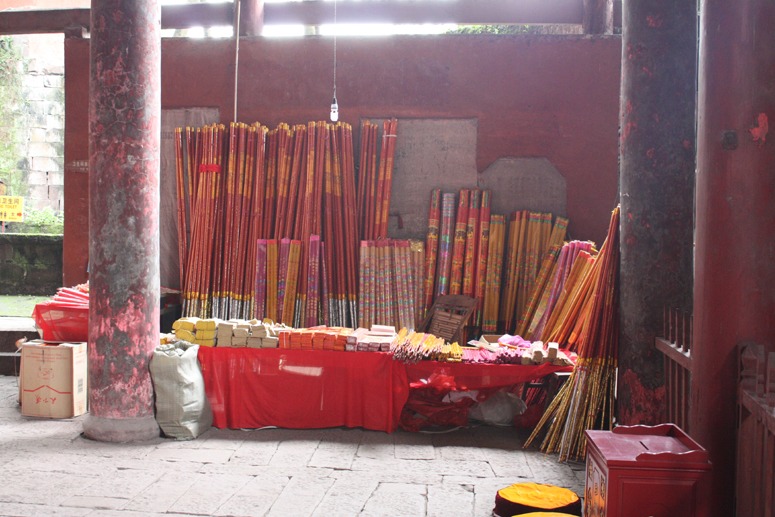
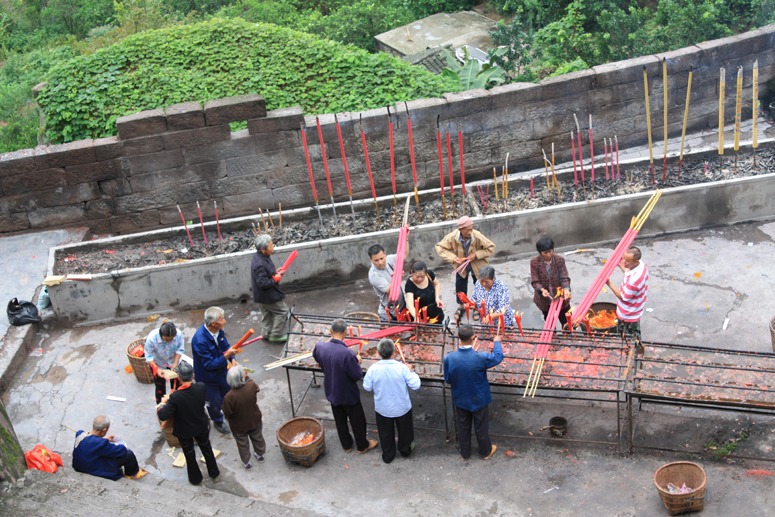
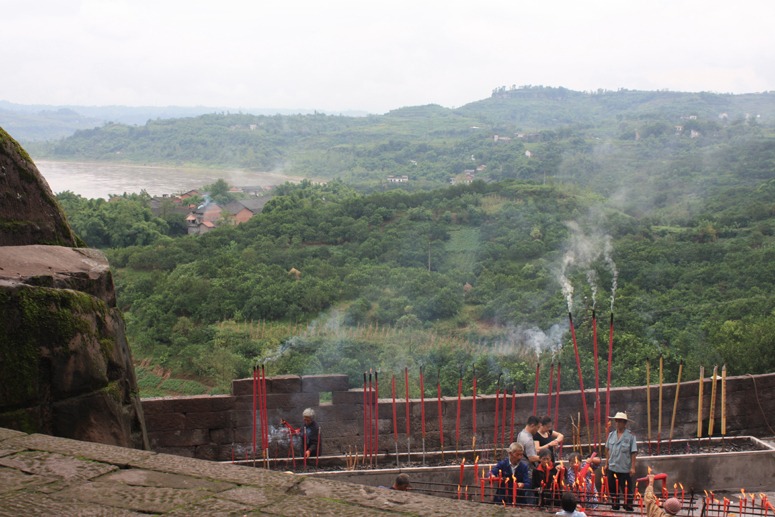
 I often light candles for people I know in European churches and cathedrals. I don’t really know why I do this because I am not a Believer. I am also fascinated by the use of incense in Asia. I like the habit even more now that I have just read this:
I often light candles for people I know in European churches and cathedrals. I don’t really know why I do this because I am not a Believer. I am also fascinated by the use of incense in Asia. I like the habit even more now that I have just read this:
The practice of offering incense, with a bow, to the Taoist altar is called Baibai. As the incense burns, smoke rises, and ashes fall. The ashes represent impure air that sinks; the smoke, pure air that rises. So the offering represents the separation of pure from impure – the refinement and purification of internal energies. It also symbolizes the human body as being the meeting-place of Heaven and Earth: as the smoke rises, and the ashes fall, we make a connection with both earth and sky.
This temple is in the countryside around Chongqing and houses a rock Buddha some 9 meters tall, the building makes its own connection between the earth and the sky. The title quote is from the Vijnanabhairava Tantra.

